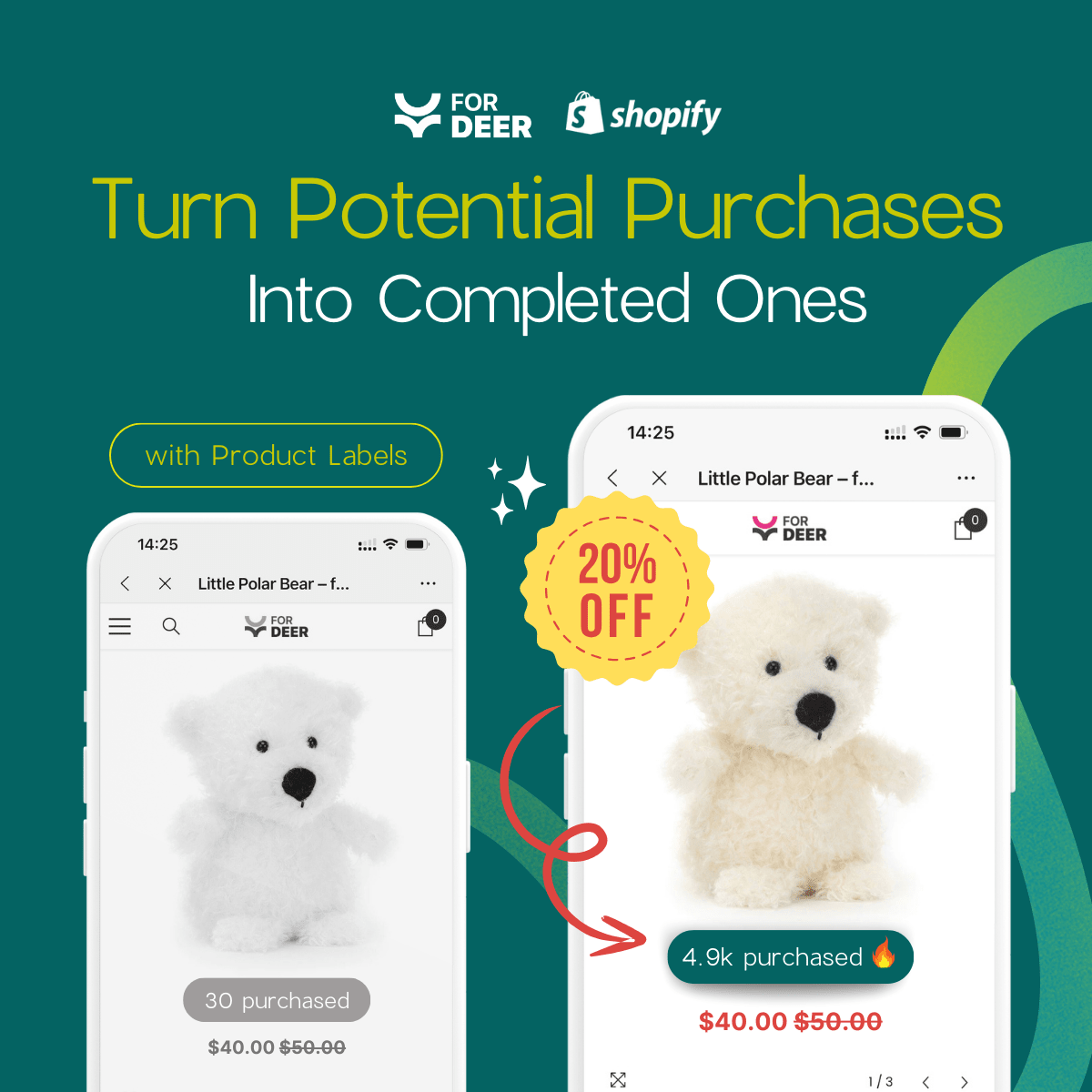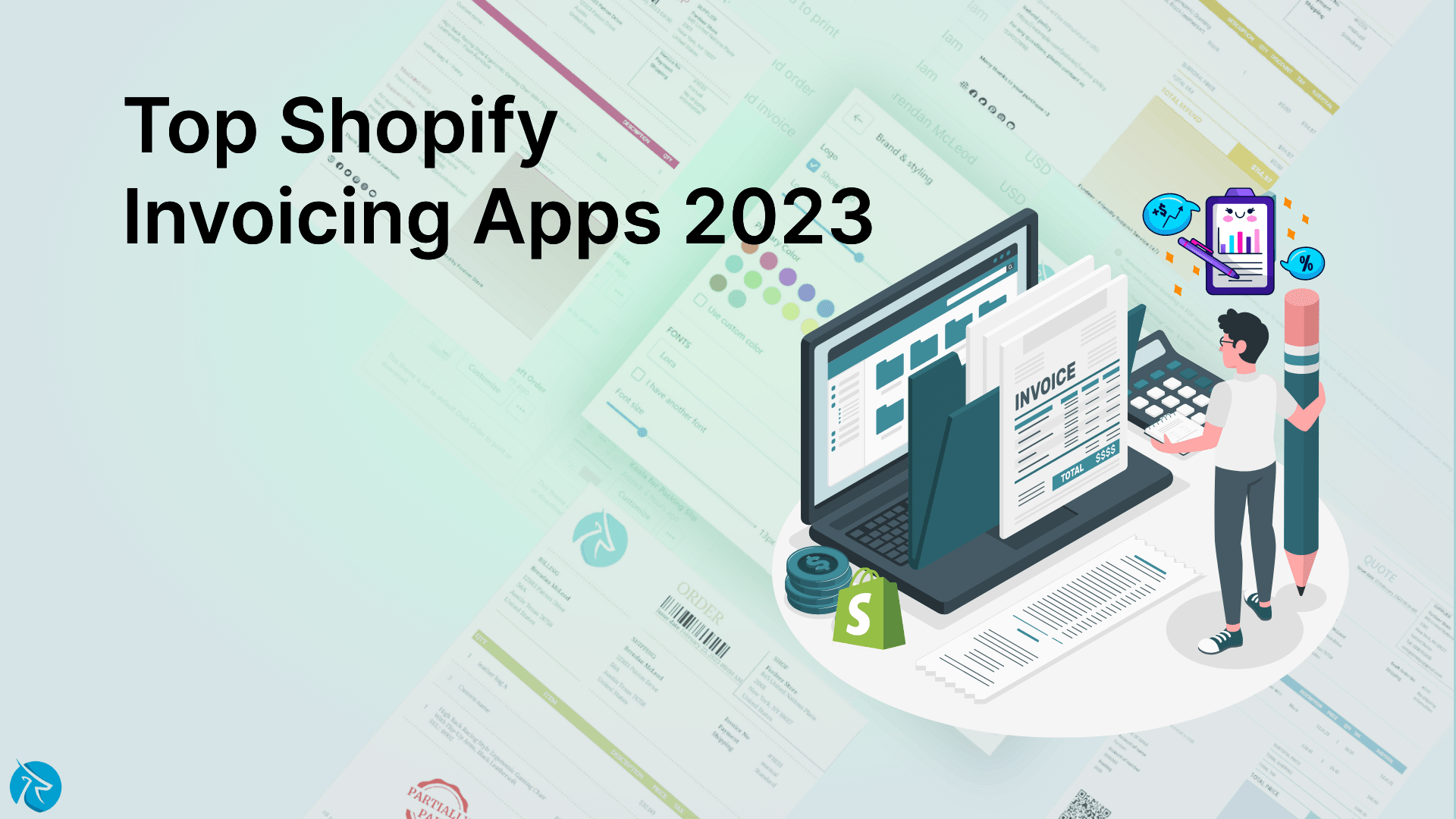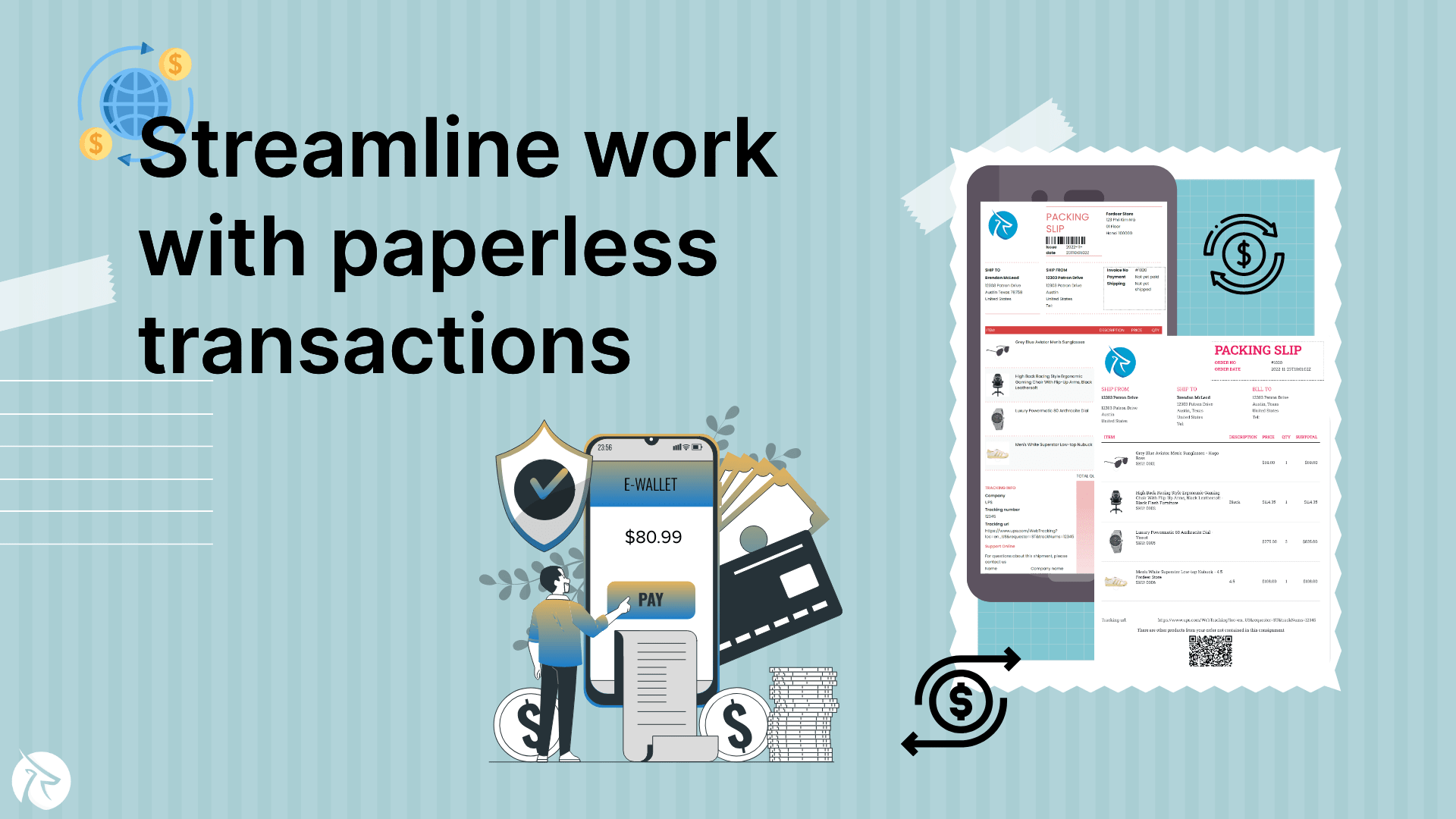Post-Purchase Engagement: Nurturing Customer Relationships and Fostering Loyalty
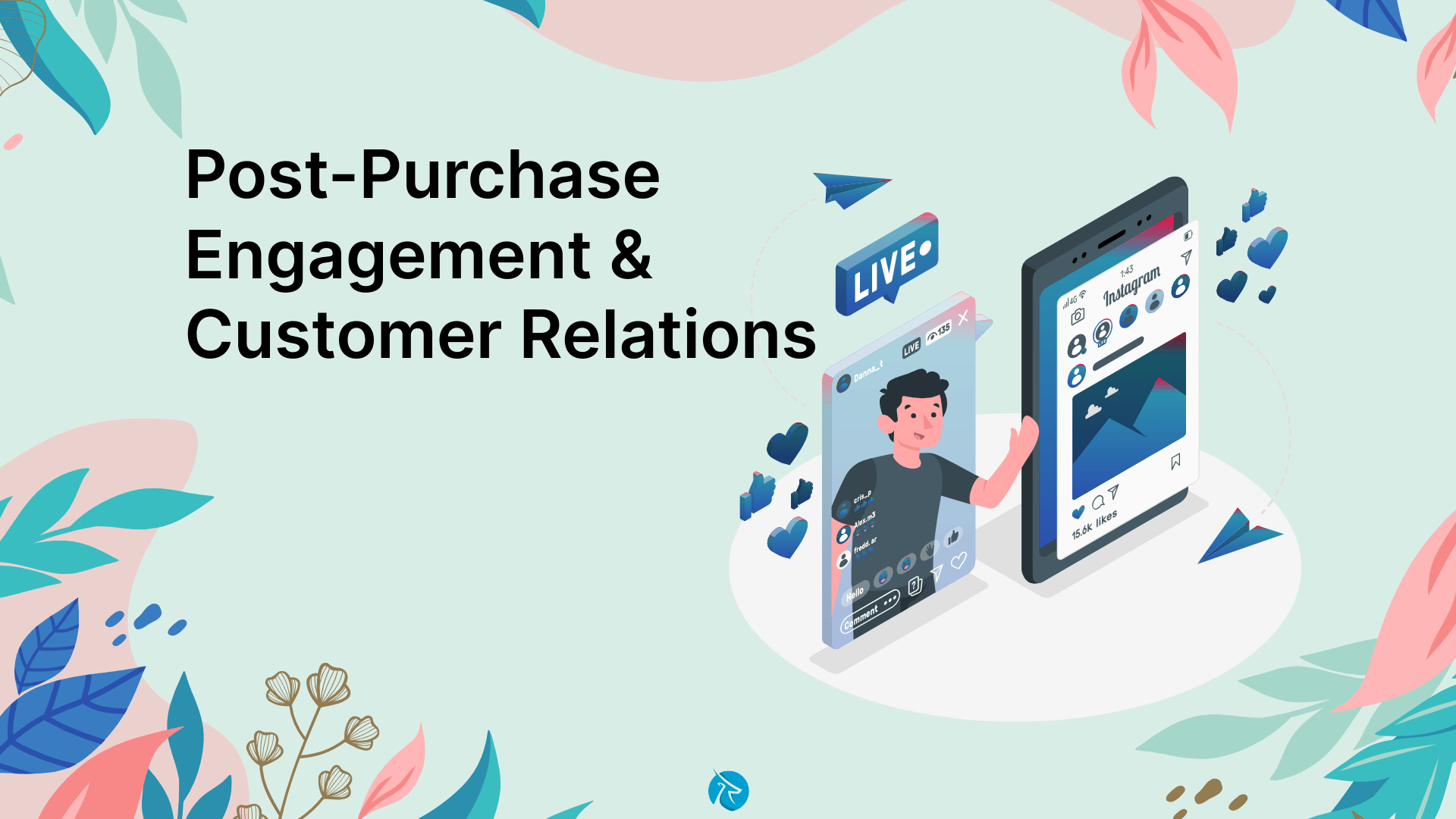
In today's highly competitive business landscape, acquiring new customers is essential for growth, but nurturing existing customer relationships is equally important. Post-purchase engagement refers to the strategies and activities a business undertakes to foster customer loyalty and strengthen its relationship with customers after they have made a purchase.
In this article, let's with Fordeer explore the significance of post-purchase engagement, discuss effective strategies to nurture customer relationships and highlight the benefits of fostering loyalty.
The Importance of Post-Purchase Engagement
The customer journey doesn't end with a purchase. In fact, it is just the beginning of a long-term relationship between the customer and the business. Post-purchase engagement plays a vital role in maximizing customer lifetime value, increasing repeat purchases, and generating positive word-of-mouth referrals.
By engaging with customers after a purchase, businesses can demonstrate their commitment to customer satisfaction and build trust. This helps create a positive brand image and differentiates the business from competitors. Furthermore, fostering loyalty among existing customers is more cost-effective than acquiring new ones, as loyal customers tend to spend more and are more likely to recommend the business to others.
Effective Strategies for Post-Purchase Engagement
Thank you and order confirmation emails
Sending personalized thank you emails and order confirmation emails immediately after a purchase is a simple yet effective way to engage with customers. These emails can express gratitude, provide order details, and offer assistance if needed. Including personalized recommendations or exclusive offers can also encourage future purchases.
Customer surveys and feedback requests
Seeking customer feedback through surveys or feedback requests shows that the business values the customer's opinion. By gathering insights about the customer's experience, businesses can identify areas for improvement and address any concerns promptly. Offering incentives, such as discounts or loyalty points, can encourage participation.
Personalized recommendations and upselling
Leveraging customer data and purchase history, businesses can provide personalized product recommendations or suggest complementary items that align with the customer's preferences. This demonstrates a deep understanding of the customer's needs and enhances the shopping experience. Upselling can also be employed by recommending higher-priced alternatives or bundles.
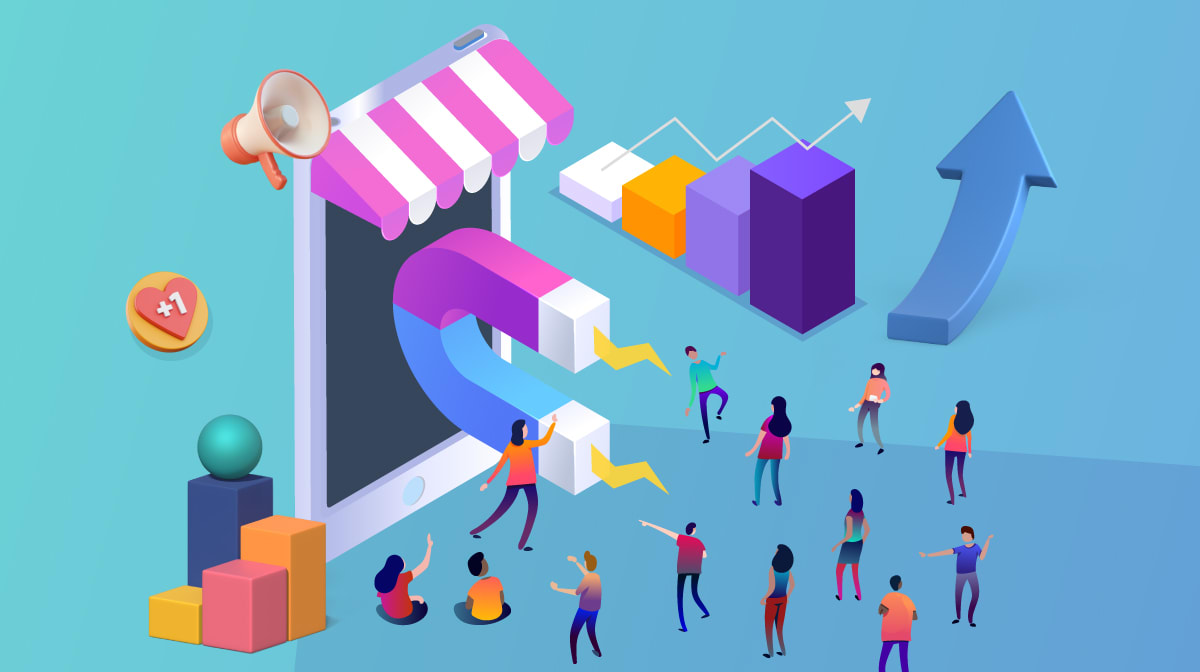
Loyalty programs and exclusive offers
Implementing a loyalty program rewards customers for their repeat purchases and encourages ongoing engagement. Loyalty points, VIP tiers, or exclusive offers for program members make customers feel valued and appreciated. Regularly communicating program benefits and offering enticing rewards can further enhance customer loyalty.
Social media engagement
Actively engaging with customers on social media platforms allows businesses to maintain a presence in customers' lives beyond the point of purchase. Responding to comments, addressing concerns, and sharing user-generated content helps forge a sense of community and strengthens the bond between customers and the brand.
Educational content and resources
Providing customers with valuable educational content and resources related to their purchases can enhance their overall experience. This can be in the form of blog articles, how-to guides, video tutorials, or webinars. By positioning the business as a trusted source of knowledge, customers are more likely to return for future purchases.
Exclusive events and VIP experiences
Organizing exclusive events or providing VIP experiences for loyal customers can create memorable moments and deepen the emotional connection with the brand. This can include product launch parties, early access to sales, or invitation-only webinars. Such events foster a sense of exclusivity and make customers feel appreciated.

Benefits of Fostering Customer Loyalty
Increased customer lifetime value
Loyal customers tend to make repeated purchases over an extended period, resulting in higher customer lifetime value. They are more likely to try new products or services and spend more per transaction. Additionally, loyal customers have a lower cost of acquisition compared to new customers, making them highly valuable to the business.
Positive word-of-mouth referrals
Satisfied and loyal customers become brand advocates, willingly recommending the business to their friends, family, and social networks. Word-of-mouth referrals are invaluable, as they carry a high level of trust and credibility. This organic promotion can drive new customer acquisition and contribute to business growth.
Reduced marketing costs
Fostering customer loyalty reduces the need for extensive marketing efforts to acquire new customers. Loyal customers require less advertising and promotional incentives to make repeat purchases. By investing in post-purchase engagement strategies, businesses can allocate resources more efficiently and achieve a higher return on investment.
Competitive advantage
A strong base of loyal customers provides a competitive advantage in the market. Loyal customers are less likely to switch to competitors solely based on price and are more forgiving of occasional hiccups in the customer experience. This stability and brand preference create a barrier for competitors trying to attract the business's loyal customer base.
Valuable customer feedback and insights
Engaging with customers post-purchase allows businesses to gather valuable feedback and insights. Customer feedback helps identify areas for improvement, spot trends, and make data-driven decisions. This feedback loop enables businesses to enhance their products, services, and overall customer experience, leading to increased customer satisfaction and loyalty.
Measuring the Effectiveness of Post-Purchase Engagement: Key Metrics and Methods
Effective post-purchase engagement is crucial for businesses to nurture customer relationships and foster loyalty. Evaluating the effectiveness of these efforts is essential to gauge their impact and make data-driven decisions for improvement.
Customer satisfaction surveys
Conducting customer satisfaction surveys is a direct approach to gathering feedback from customers regarding their post-purchase experience. These surveys can include questions about overall satisfaction, likelihood to recommend, and specific aspects of the post-purchase engagement. Analyzing survey responses provides valuable insights into customer sentiment and helps identify areas for improvement.
Net promoter score (NPS)
Net promoter score is a widely used metric that measures the likelihood of customers recommending a business to others. By asking customers a simple question like, "On a scale of 0-10, how likely are you to recommend our business to a friend or colleague?", businesses can calculate their NPS.
Promoters (scores 9-10) are enthusiastic customers who are likely to recommend, while detractors (scores 0-6) are unsatisfied customers. Monitoring changes in NPS over time indicates the effectiveness of post-purchase engagement efforts.
Repeat purchase rate
Tracking the percentage of customers who make repeat purchases is a valuable indicator of post-purchase engagement effectiveness. A higher repeat purchase rate signifies that customers are engaged, satisfied, and loyal. Businesses can analyze this metric over different time periods and compare it to benchmarks within their industry.

Customer lifetime value (CLV)
Customer Lifetime Value represents the total value a customer brings to a business over their lifetime. By analyzing the CLV of customers who have engaged in post-purchase activities versus those who haven't, businesses can assess the impact of post-purchase engagement on long-term customer value. An increased CLV suggests that post-purchase engagement efforts are successful.
Social media analytics
Monitoring social media platforms for customer engagement metrics such as likes, shares, comments, and user-generated content related to post-purchase activities can provide insights into the effectiveness of social media engagement strategies. Positive engagement and active participation from customers indicate a strong post-purchase relationship.
Referral tracking
Tracking the number of referrals generated by existing customers can indicate their level of satisfaction and engagement. By implementing referral programs and utilizing unique referral codes or links, businesses can measure the effectiveness of their post-purchase engagement efforts in generating word-of-mouth referrals.
Customer support metrics
Monitoring customer support metrics such as response time, resolution rate, and customer feedback regarding support interactions can provide insights into the effectiveness of post-purchase support efforts. Prompt and satisfactory resolutions contribute to positive post-purchase experiences.
Website analytics
Analyzing website data can provide insights into customer behaviour after a purchase. Metrics such as time spent on the site, engagement with post-purchase content, and conversion rates for upsells or cross-sells can indicate the effectiveness of post-purchase engagement strategies.
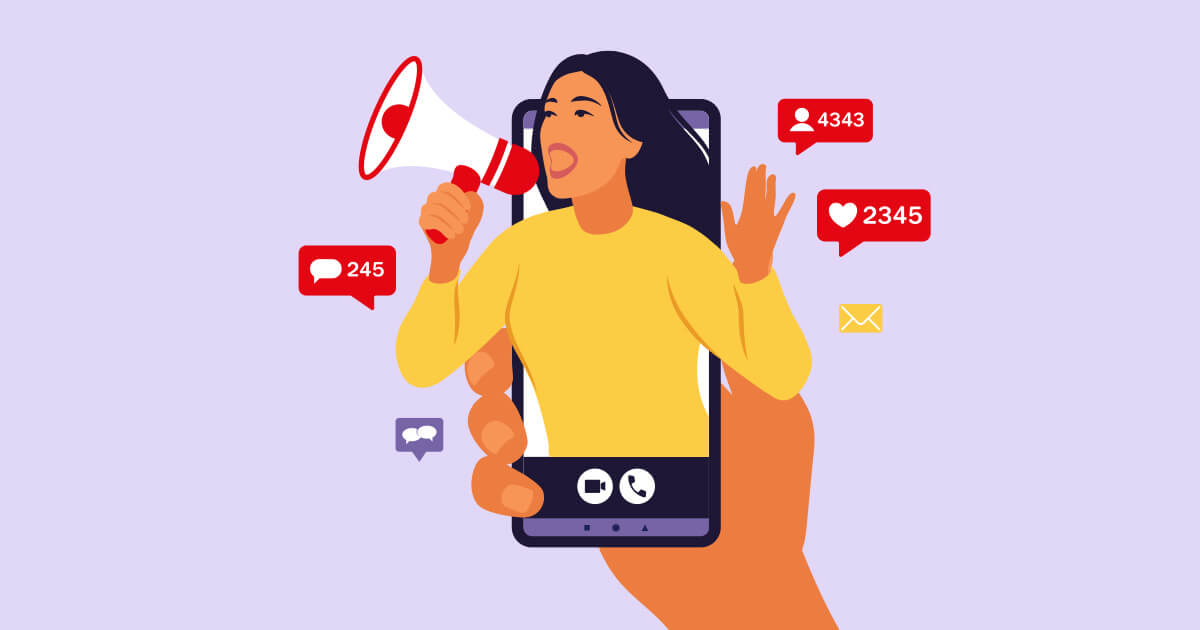
In a Nutshell
Post-purchase engagement is crucial to building strong customer relationships and fostering loyalty. By implementing effective strategies such as personalized communication, loyalty programs, social media engagement, and educational content, businesses can create a positive and engaging post-purchase experience.
The benefits of nurturing customer relationships are substantial, including increased customer lifetime value, positive word-of-mouth referrals, reduced marketing costs, a competitive advantage, and valuable customer feedback.
Remember, the customer journey doesn't end with the sale; it's an ongoing relationship that requires attention and care. By prioritizing post-purchase engagement, businesses can cultivate long-term customer loyalty, drive repeat purchases, and position themselves as trusted brands in the minds of their customers.



